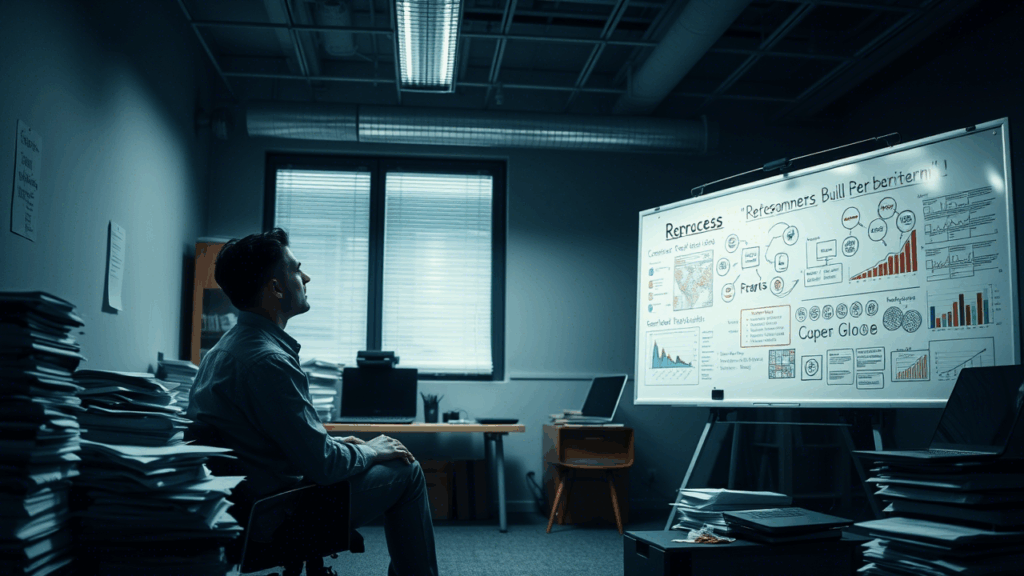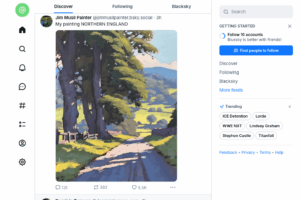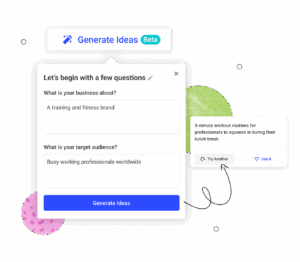Sounds counterintuitive, right?
As the founder of Magai, I spend my mornings creating AI tools that could easily replace human writers. Then, in the evening, I sit down with my kids to teach them creative writing. I automate workflows, then ask my team to handle tasks manually.
Is that hypocrisy? Or have I stumbled onto a deeper truth about innovation that most are afraid to say out loud?
The Unspoken Truth About Building the Future
Here’s what no one tells you in startup accelerators: the best founders aren’t just disruptors. They’re also preservationists.
In a world obsessed with “move fast and break things,” that sounds like heresy. But the further I push the boundaries of AI, the more I realize how crucial it is to protect certain parts of the past.
Every builder eventually hits the same paradox:
- You’re making the old obsolete…
- While realizing some of it holds irreplaceable value.
- You’re charging forward…
- While constantly glancing back.
- You’re building bridges…
- While others are burning them.
It’s not contradiction—it’s responsibility.
Why Disruption Alone Is Dangerous
In tech culture, disruption is sacred.
- If it’s outdated, destroy it.
- If it’s slow, speed it up.
- If it’s human, automate it.
But when you chase disruption without discernment, you lose more than you gain.
You digitize relationships and wonder why people feel isolated. You automate creativity and wonder why everything looks the same. You optimize life and wonder why it feels soulless.
That’s why I won’t build an AI version of myself. Not because I can’t—I absolutely can. But because I shouldn’t.
Some things are meant to stay human.
The Hidden Cost of Breaking Everything
Let’s talk trade-offs.
Remember Blockbuster? Everyone mocks them for failing to adapt. But what did we lose when it died?
- The Friday night ritual of wandering the aisles
- The joy of stumbling on an unexpected gem
- The personal recommendations from the clerk who knew your taste
Sure, Netflix is more efficient. But efficiency isn’t everything.
This story repeats itself:
- Social media connected us globally but fractured us locally
- Food delivery saved time but killed neighborhood discovery
- Dating apps increased matches but weakened real connection
We’re building faster, sleeker systems—but are we building better lives?
What Deserves Protection
After years of watching innovation transform industries, here’s what I believe must be preserved:
1. Struggle That Builds Strength
The struggle isn’t a flaw—it’s the forge.
AI can write an essay in seconds. But it can’t instill the discipline, voice, and satisfaction that come from wrestling with ideas. Shortcuts don’t build champions.
2. Beautiful Inefficiencies
Not everything should be streamlined.
I could automate all of Magai’s customer service. But human support creates connection, trust, and loyalty. That’s not inefficiency—it’s intentional friction that builds value.
3. The Craftsman’s Touch
Craftsmanship isn’t nostalgia—it’s necessity.
Great artisans use tools, but they also feel the material. They know when to trust the machine and when to lean in with their hands. That deep understanding? It’s how you decide what to automate—and what to protect.
4. Space to Think Deeply
AI gives instant answers. But the best questions require time.
The gap between using AI and building AI isn’t just technical—it’s philosophical. Without space for reflection, we lose the wisdom to guide what we create.
The Weight of Building Futures
Being a founder means more than launching products. You’re shaping futures. And that demands a kind of leadership few talk about.
You have to ask the tough questions:
- What does automation do to human agency?
- Are some inefficiencies actually holding value?
- What will humanity need when machines can do everything?
There are no clean answers. But ignoring the questions is how we build a future we regret.
Build Bridges, Don’t Burn Them
So what’s the path forward? Quit innovating?
Not a chance.
The solution is to innovate intentionally. At Magai, we put every new feature through a simple filter—the Bridge Test:
- Does it connect timeless wisdom with modern capability?
- Does it amplify humans or replace them?
- Does it preserve what matters while improving what doesn’t?
This is why I’m not worried about the rise and fall of niche AI tools. The survivors won’t be the most disruptive—they’ll be the most harmonious.
The Practical Guide to Thoughtful Innovation
Here’s how you build the future without erasing the past:
1. Understand Before You Disrupt
Before replacing something, study why it exists. That “outdated” method may be protecting something priceless.
2. Learn From the Elders
Those who’ve worked the old way for decades? They’re not stuck—they’re seasoned. Listen to their stories. They know what change really costs.
3. Include the Disrupted
If you want to know what matters, ask those whose lives are being changed by your innovation. That’s where purpose lives.
4. Anticipate the Ripples
Every new tool changes behavior. What rituals will die? What values might erode? Make those trade-offs consciously.
5. Have the Courage to Say No
Sometimes the most visionary act is restraint. Innovation isn’t always progress—it can be polished destruction.
A Vision Worth Building
At Magai, our goal is simple: amplify human potential without erasing human essence.
- Tools that support, not supplant
- Technology that frees time for what matters
- Progress rooted in timeless values
- Innovation that brings everyone along
It’s slower. Harder. More nuanced. But it’s the only future worth building.
What About You?
Even if you’re not a founder, you play a role.
Every tool you adopt… every tradition you keep… every innovation you challenge or embrace—it’s a vote for the kind of future we build.
Ask yourself:
- What am I preserving as I move forward?
- Which bridges am I building between past and future?
- How can I protect wisdom while still pushing forward?
The future doesn’t need blind disruption. It needs wise builders.
In Conclusion: Embrace the Paradox
The founder’s paradox isn’t a flaw—it’s the heart of meaningful progress.
Yes, I’m building AI that could replace writers—and teaching my kids to write creatively. Yes, I automate workflows—and defend the power of human touch. I’m moving fast—but carrying what matters with me.
This isn’t contradiction. It’s construction.
The future demands both courage and care. Innovation and preservation. Speed and soul.
The question isn’t whether you’ll face this paradox. You will.
The question is: Will you face it with intention?
Because the future doesn’t just happen—it’s built.
What will you build? And what will you choose to protect?









